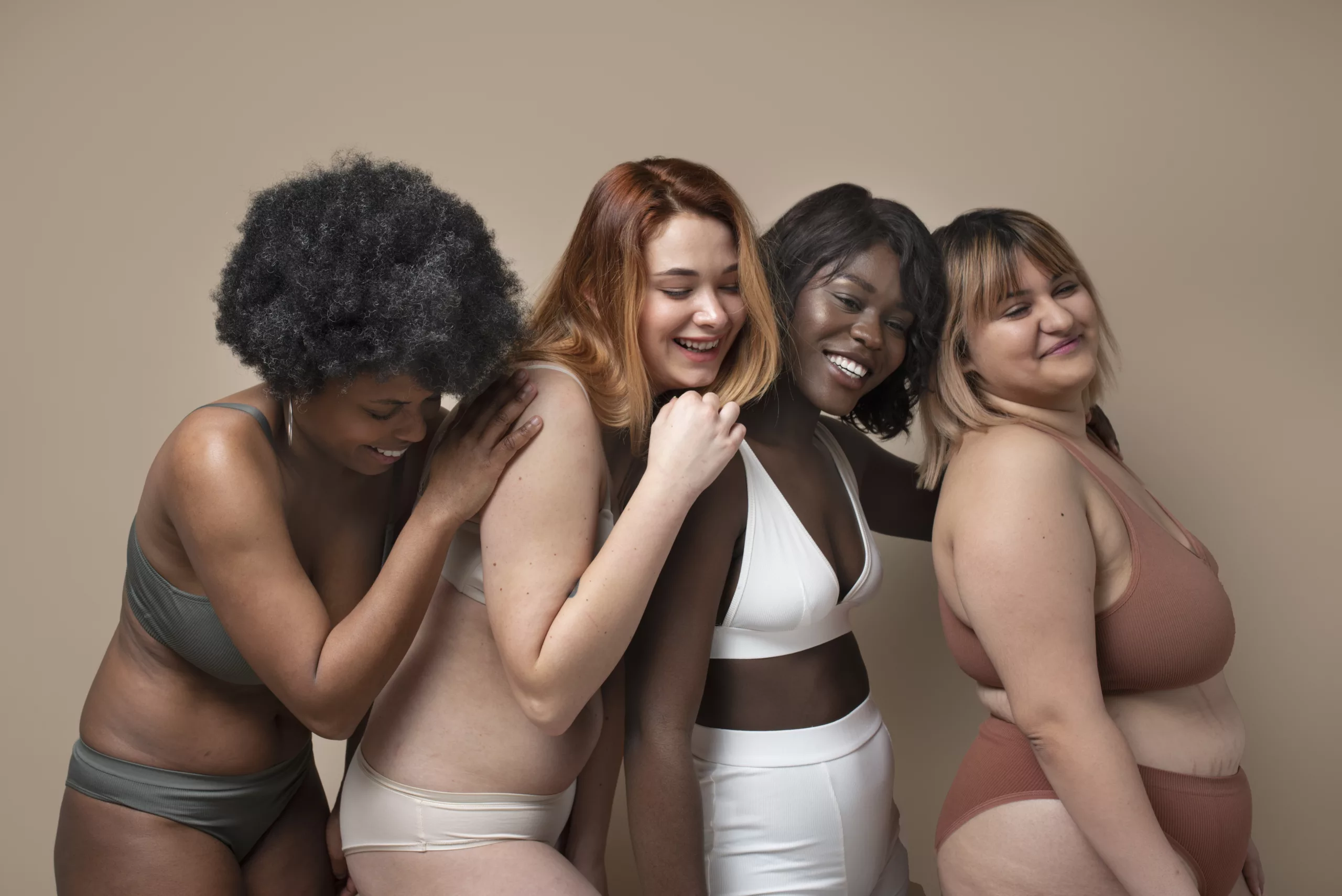How the body positivity movement in marketing is advocating for inclusion over idealism
One of marketing’s prime functions is to reflect all different types of people so that viewers can resonate with the advertising they see daily.
To accurately depict people’s differences, marketing campaigns must showcase different people in their advertisements and demonstrate that their products are accessible to a wide audience.
One of the ways that businesses can do this is by using body positivity as a framework in their marketing campaigns.
Body positivity is a movement that accepts all body types of different sizes, ages, skin tones, gender and physical abilities. The movement advocates for less focus on physical appearance and instead brings more attention to overall health to break problematic social expectations of ideal beauty. This is especially important for fashion, lifestyle and sports brands since they can potentially exclude a whole demographic by being narrow-minded in their advertisements.
According to a 2022 review from the National Library of Medicine, the body positivity movement originated from fat, Black queer activists since fashion media rarely included their bodies. One of their main aims was to decrease the amount of anti-fat discourses flourishing in North American media.
A common misconception about the body positivity movement is that it promotes obesity by showcasing bigger bodies after centuries of exclusion.
However, body-positive activists state that this is not true since the movement promotes a healthier outlook on the body. Integral parts of the body positivity movement include taking care of your body by eating well, exercising and not participating in anything detrimental to your health. This helps people realize all the abilities and functions that their body can do rather than what it looks like.
A lack of body inclusivity in advertising media can cause mental harm for viewers. Another study from the National Library of Medicine determined that the more hours an individual spends on social media, the more likely they are to be dissatisfied with their bodies. This is particularly concerning when women aged 12-29 spend over 20 hours online weekly.
In Canada, 43 per cent of girls and 27 per cent of boys are dissatisfied with their bodies. Body dissatisfaction has been classified as a public health issue in Canada because it can cause unhealthy eating behaviours and mental health conditions such as eating disorders.
Marketing is critical when discussing the body positivity movement because advertisements in television and magazines are one of the main culprits of exclusively promoting thinness. Such mediums consistently promote that only one body type deserves to be advertised.
Including Black queer individuals in body positivity advertising is also important because not only did Black queer activists start the movement, but current body positivity marketing is whitewashed and shows women that are still conventionally attractive. Their bodies are not entirely excluded from the movement, but black queer individuals need to be in the center to accurately reflect the intentions of body positivity.
Despite the somewhat slow progression, body-positive content in marketing has come a long way. For instance, since body positivity also wants to disrupt the social expectations around women’s body hair, Veet’s marketing campaign makes it clear that women should be the ones to choose which parts of their body they want to shave or not shave. They also showcase a variety of different body types in their advertisements.
The body positivity movement not only focuses on women; it also wants to help men with their potential body dissatisfaction. Hanes’ Every Bod campaign showcased men of different body types wearing underwear to prove the company provides various sizes and fits so more men can embrace their bodies.
Age exclusivity in advertising is also being challenged by ThirdLove’s To Each, Her Own campaign that shows women of different races, ages and weight enjoying their apparel.
Furthermore, body positivity is focused on disrupting social expectations of weight and those around mental health, body hair, age and much more.
Businesses that want to incorporate body positivity in their marketing campaigns must fully understand it.
For instance, since body positivity is about prioritizing one’s mental and physical health, fitness advertisements should showcase different types of bodies moving and exercising to break the myth that a lack of exercise solely causes obesity.
Additionally, since Black queer individuals founded the body positivity movement as a response to their bodies being excluded by fashion media, marketing campaigns must include different races of people to avoid repeating the past.
It is not enough to include only one type of body in an advertisement and add a warning or disclaimer in the fine print if an image has been edited. These disclaimers have been found to have no effect on decreasing body dissatisfaction, and viewers continue to compare themselves to individuals in advertisements.
Body-positive marketing campaigns must also be conscious of body-shaming language to avoid it altogether. This includes refraining from phrases alluding to slimming down and losing weight and generally not portraying weight loss as an inspiration.
The body positivity movement has faced scrutiny because it refuses to follow what has for long been deemed socially acceptable perceptions of beauty. The main aim is to show compassion and kindness toward all bodies so that people can reflect that kindness onto themselves.
Marketing should not only aim to sell more products but should also aspire to depict the people around us accurately.
Furthermore, marketing campaigns should showcase body positivity to prove a business’s progressiveness and change problematic perceptions of beauty ideals. Together, we can ensure everyone feels represented, included and celebrated for themselves – instead of being surrounded by filtered, edited and unrealistic “ideals.”

